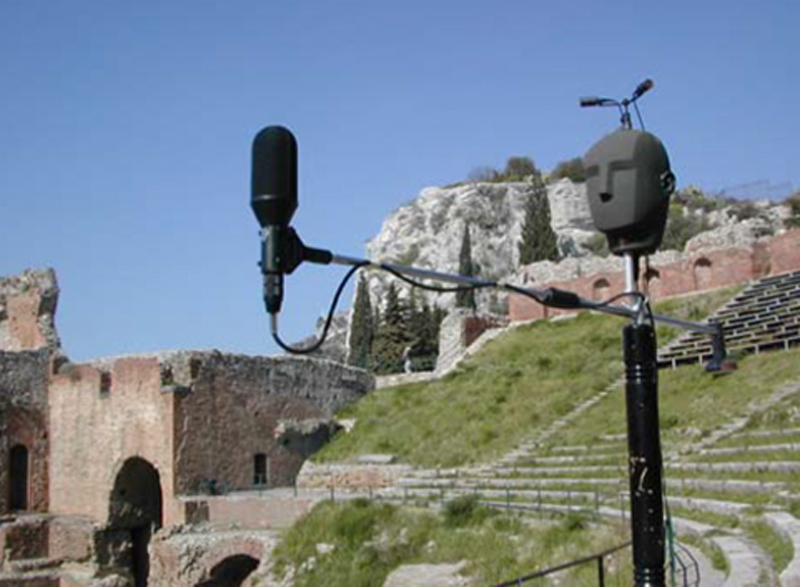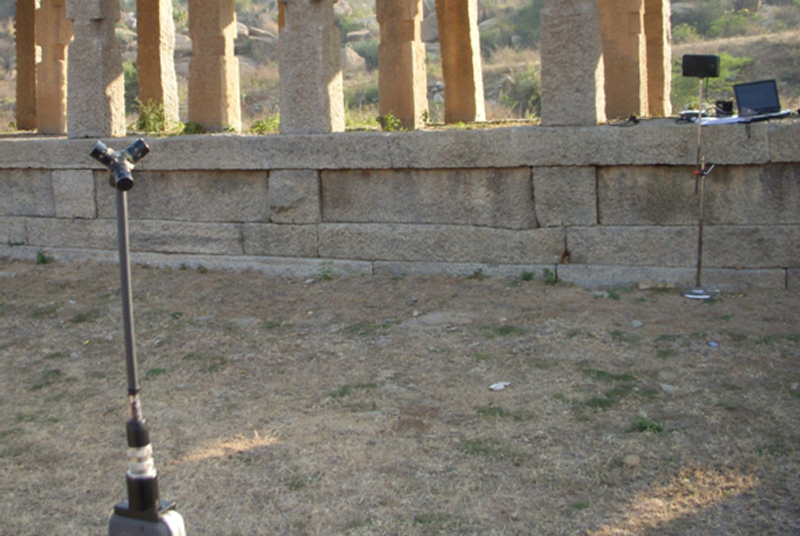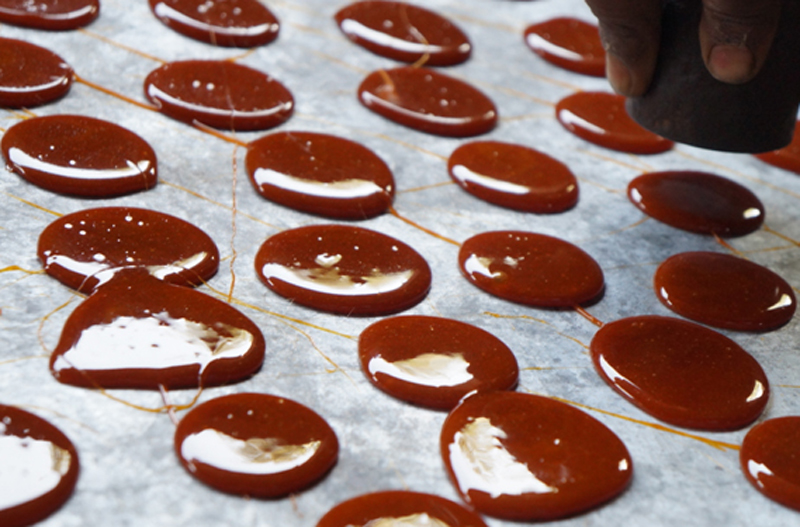Nida Ghouse




Grant Period: Over one year
Nida Ghouse is a writer and curator, who co-curated The Presence of Sound for the Botín Foundation in Santander, an exhibition which explored the early history of sound reproduction through its moment of arrival in India. Her recent projects include Melik Ohanian: In the Desert of Images at the Mumbai Art Room (Bombay, 2012), 14 Proper Nouns with Hassan Khan at the Delfina Foundation (London, 2011) and Untitled Exhibition # 1 with Padmini Chettur and the Clark House Initiative (Bombay, 2011). She was assistant curator of the 10th Sharjah Biennial, and has worked as co-curator for the Jehangir Nicholson Art Foundation at the Prince of Wales Museum. Nida’s project, Acoustic Matters, is being supported as one of the first curatorial research grants under EAP. Acoustic Matters is a curatorial project that began with Nida’s interest in Vipin Vijay’s film Hawamahal, a work about the phenomenon of radio and its early history in India. Hawamahal presents an anecdotal historiography of the twentieth century's engagement with sound and sound recording culture. By exploring the terrain that the film opens itself up to, Acoustic Matters considers an early moment in the history of sound reproduction technology through the particular context of its arrival to the Indian subcontinent.
Acoustic Matters is conceived in part as a research project in cities crucial to the history of early sound in India - Mumbai, Bangalore, Baroda, Kolkata, Chennai, and Delhi - and in part as collaborations with artists, filmmakers, sound recordists, sound theorists, musicians, linguists, researchers and writers, whose scholarship and practice is inclined toward developing an understanding of acoustic ecologies. Persons Nida intends to consult and collaborate with include Maarten Visser, Padmini Chettur, Lawrence Abu Hamdan, Vikram Sampat, Yashash Shetty, Tejaswini Niranjana, Umashankar, Shahid Amin, Saba Dewan, and Dr Karindikar. Archives and institutions she will explore include the Traveling Archive in Shantiniketan, the Archive of Indian Music in Bangalore, the National Film Archive in Pune, the Archives and Research Centre for Ethnomusicology, the People’s Linguistic Survey of India in Baroda, and the Shellac plants in several locations.
The research and collaboration will be simultaneously directed towards activating relevant sites like sound archives and auditoriums, and contributing to various experimental forms of cultural production. These could take shape through live performances, radio shows, discursive events, online platforms, or even object based work. The subsequent objective is that the curatorial research process will culminate into a larger exhibition during the next stage of the project. Nida proposes to divide the research into three distinct strands. The first strand, A Short History of Shellac, will look at the materiality of the medium of early sound reproduction technology as the central device through which to think and trace the history and economy of sound. The second strand, In the Service of Sound, will explore a history of lesser-known experimental practices in Indian sound with a specific focus on how these practices developed in relation to the history of cinema. The third strand, The Ultimate Argot, will look at early commercial and ethnographic archives to try and make heard those who have reserved their right to remain silent.
This grant was made possible with support from Francis Wacziarg.
